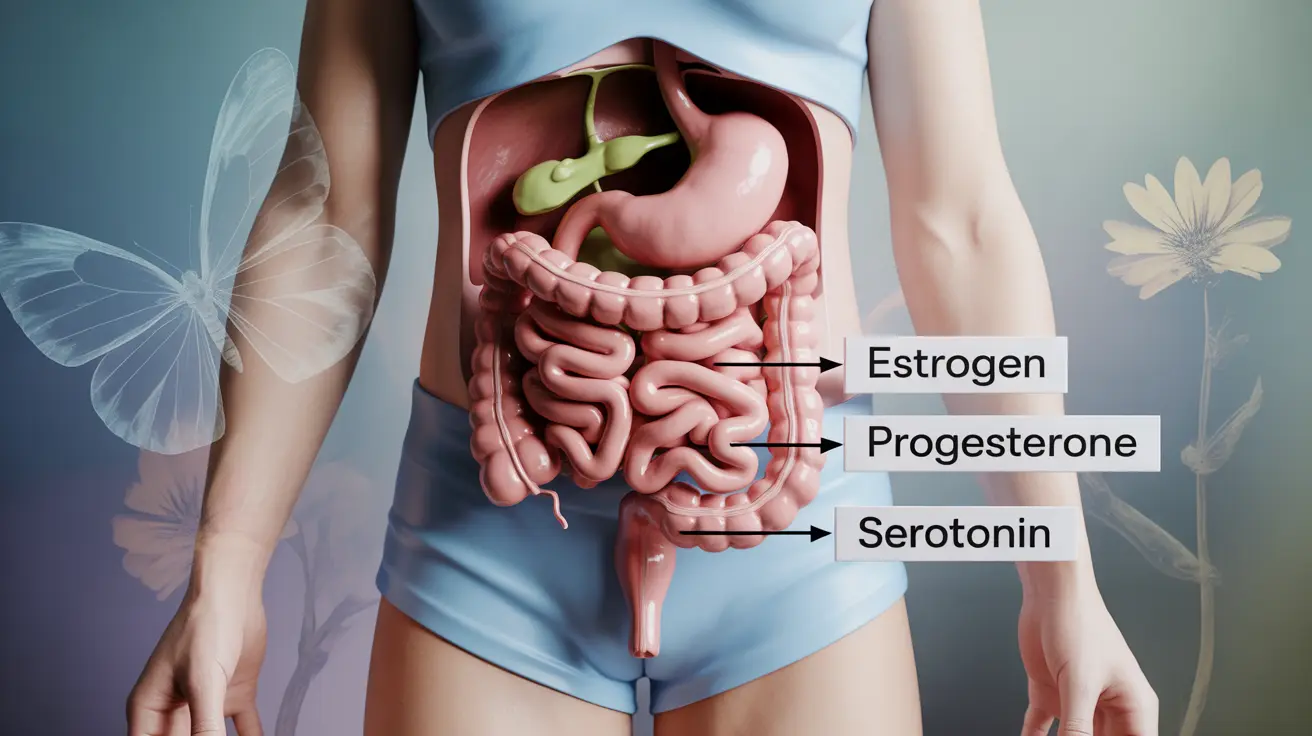Myofascial trigger points charts serve as invaluable tools for healthcare professionals and patients alike in understanding and identifying muscle pain patterns throughout the body. These specialized diagrams map out common trigger points—highly sensitive areas within muscle tissue—and their associated referred pain patterns, helping to diagnose and treat various musculoskeletal conditions effectively.
Whether you're a healthcare provider or someone experiencing chronic muscle pain, understanding how to interpret these charts can significantly improve the diagnosis and treatment process. Let's explore everything you need to know about myofascial trigger points charts and their practical applications.
What Are Myofascial Trigger Points?
Myofascial trigger points are hypersensitive spots within muscle tissue that can cause both localized and referred pain. These taut bands of muscle fibers can develop due to various factors, including trauma, overuse, poor posture, or chronic stress on specific muscle groups.
Understanding the nature of these trigger points is crucial for proper interpretation of trigger point charts and effective pain management strategies.
Understanding Trigger Point Chart Components
Pain Referral Patterns
Trigger point charts typically display:
- Red dots or X marks indicating primary trigger point locations
- Colored zones showing referred pain areas
- Directional arrows demonstrating pain spread patterns
- Anatomical landmarks for precise location identification
Muscle Group Identification
Charts are often organized by major muscle groups, including:
- Upper body (neck, shoulders, arms)
- Core muscles (chest, abdomen, back)
- Lower body (hips, legs, feet)
- Facial and cranial muscles
Clinical Applications of Trigger Point Charts
Healthcare practitioners use these charts to:
- Identify potential sources of pain
- Plan treatment strategies
- Document patient symptoms
- Educate patients about their condition
- Track treatment progress over time
Common Trigger Point Locations and Symptoms
Upper Body Trigger Points
Common locations include:
- Trapezius muscles
- Levator scapulae
- Rhomboid muscles
- Rotator cuff muscles
Lower Body Trigger Points
Frequently affected areas include:
- Gluteal muscles
- Quadriceps
- Hamstrings
- Calf muscles
Treatment Approaches
Various treatment methods can address trigger points effectively:
- Manual therapy techniques
- Dry needling
- Stretching exercises
- Pressure release techniques
- Heat therapy
- Corrective exercises
Frequently Asked Questions
What is a myofascial trigger points chart and how can it help identify muscle pain?
A myofascial trigger points chart is a detailed anatomical diagram that maps out common locations of muscle trigger points and their associated pain patterns. It helps identify the source of pain by showing how pain in one area may actually originate from a trigger point in another location.
How do I read a myofascial trigger points chart to understand referred pain patterns?
To read a trigger points chart, look for red dots indicating trigger point locations and follow the colored zones or arrows showing where pain typically radiates. The charts usually include anatomical landmarks and muscle names to help precisely locate the affected areas.
What are the common causes and symptoms of myofascial trigger points?
Common causes include muscle overuse, poor posture, injury, stress, and repetitive movements. Symptoms typically include localized pain, muscle stiffness, reduced range of motion, and referred pain patterns that may feel like burning, aching, or tingling sensations.
What treatment options are available for managing pain from myofascial trigger points?
Treatment options include manual therapy, dry needling, stretching exercises, massage, heat therapy, and pressure release techniques. A comprehensive treatment plan often combines multiple approaches for optimal results.
How do active and latent myofascial trigger points differ in terms of pain and symptoms?
Active trigger points cause spontaneous pain and are consistently tender, while latent trigger points only cause pain when directly pressed. Active trigger points typically produce more noticeable referred pain patterns and can limit muscle function more significantly than latent ones.




